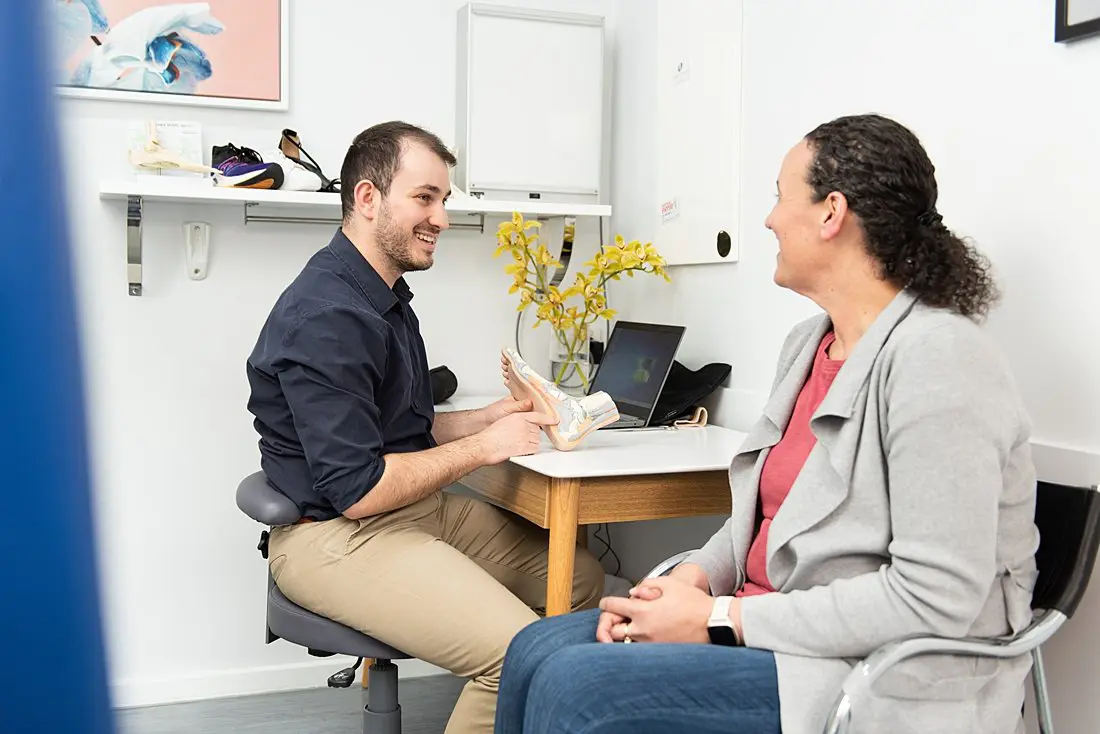Bursitis

Cause
A Bursa is a small fluid filled sac that acts as a cushion and prevents structures such as tendons, ligaments and muscles from rubbing directly on bones which may lead to damage or irritation. The bursae also act as shock to decrease wear and tear between moving structures. A healthy bursa should allow for smooth gliding movements which make normal movement painless. When a bursa becomes inflamed this is referred to as bursitis. This inflammation reduces the ability for structures to easily glide across one another leading to pain, and the rubbing on an inflamed bursa during movement can lead to further inflammation and irritation.
The most common area where people experience bursitis is in the forefoot as there are multiple bursae located in the forefoot area. The metatarsal bursae are located on the bottom of the foot near the base of the toes. Metatarsal bursitis commonly affects the second metatarsal head (the toe next to the big toe). Bursitis can also affect the tiny bursae located between the metatarsal bones which are known as intermetatarsal bursae. If these bursae become inflamed or irritated this is called intermetatarsal bursitis. Bursitis can also occur at the back of the heel as there is a bursa just underneath where the achillies tendon inserts, know as retrocalcaneal bursitis.
Direct trauma and high intensity impacts
Prolonged periods on the feet
Tight shoes
Bunions or hammer toes
Biomechanics (eg. pronation)
Pronation (rolling in of the feet) causes the heads of the metatarsals to rotate pinching the structures that run between them and this chronic pinching can lead to the formation of a bursa. By itself this is not a problem, however if the friction continues the bursa will enlarge and become swollen leading to more symptoms.
Always Consult A Trained Professional
The information in this resource is general in nature and is only intended to provide a summary of the subject matter covered. It is not a substitute for medical advice and you should always consult a trained professional practising in the area of medicine in relation to any injury or condition. You use or rely on information in this resource at your own risk and no party involved in the production of this resource accepts any responsibility for the information contained within it or your use of that information.
